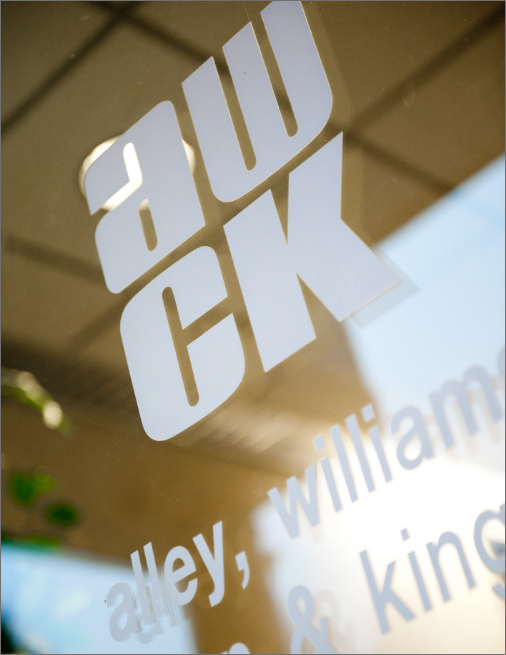Over the past 10 years, the City of Mebane has conducted research, analysis and exploratory excavation along Clay Street, which is the main downtown area, trying to determine the cause of randomized settling of the roadway. The City contracted with Terracon to conduct Ground Penetrating Radar scans to better understand soil conditions and to have a better understanding of areas where voids may be located. During this time, City officials were able to determine that the existing infrastructure, which included an 8-inch watermain was most likely installed around 1921. Due to the deteriorating conditions of the roadway and the age of the pipe, the City contracted with AWCK to design a project that would replace or rehabilitate existing infrastructure and additionally find a solution to the settling roadway. Honest communication and understanding the importance of the Downtown area lead the City and AWCK to select rehabilitation as the design method for this project. AWCK staff met with various contractors and suppliers to better understand how watermain rehabilitation is performed and to further prepare for challenges that were encountered in other areas where this type of work was previously performed. The engineering team decided that a spray epoxy would be the best application for this project and designed the first watermain rehabilitation project in company history. The project started with coordination between the City Fire department and AWCK, notifying them in advance of the project while allowing them time to create a critical action plan in the event of a fire. Once the fire department had created the action plan, AWCK issued the notice to proceed to the contractor. The first objective was to install 1,900 linear feet of 2” temporary watermain, which was chlorinated and tested before being placed into service. The next step was testing the 100-year-old valves, installing thrust blocking and removing a 5-foot “window” section of watermain from so the rehabilitation contractor had access to the 8-inch pipe. After the “window’s” were removed, the contractor cleaned the pipe using mechanical and hydraulic methods, producing as smooth of an interior surface as possible. Finally, the contractor used a non-toxic epoxy that is safe for drinking water to coat the interior of the watermain. This process was significantly less invasive than traditional dig and replace methods, sealed the joints of the existing pipes (decreasing the chances for undetected leaks) and kept all existing businesses open during their normal hours of operation.
Project Team:
Mark Reich, P.E. – Principal In Charge/Project Engineer
Heath Williams, P.L.S – Survey Manager
Wally Fox – Civil Design Technician
Jon Pendergraph – Construction Observation/Administration
Completion: 2023
